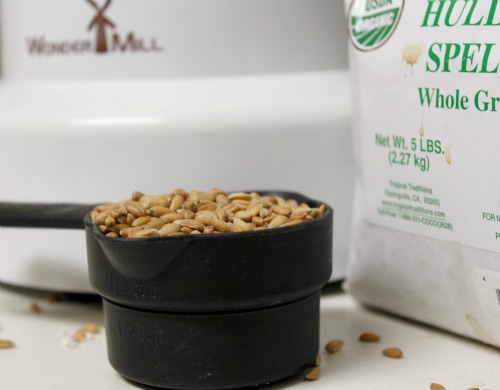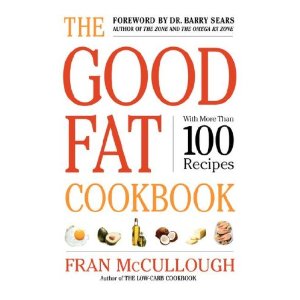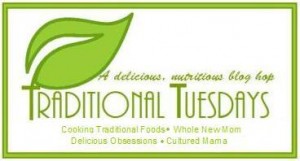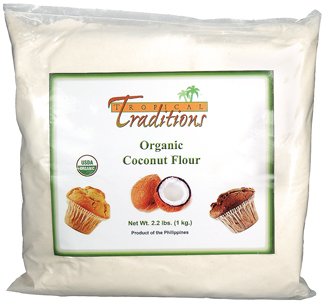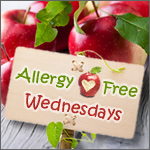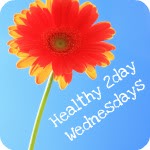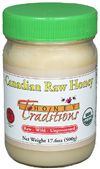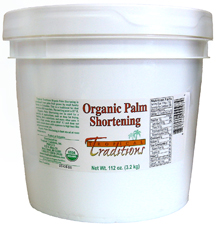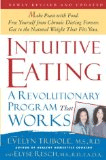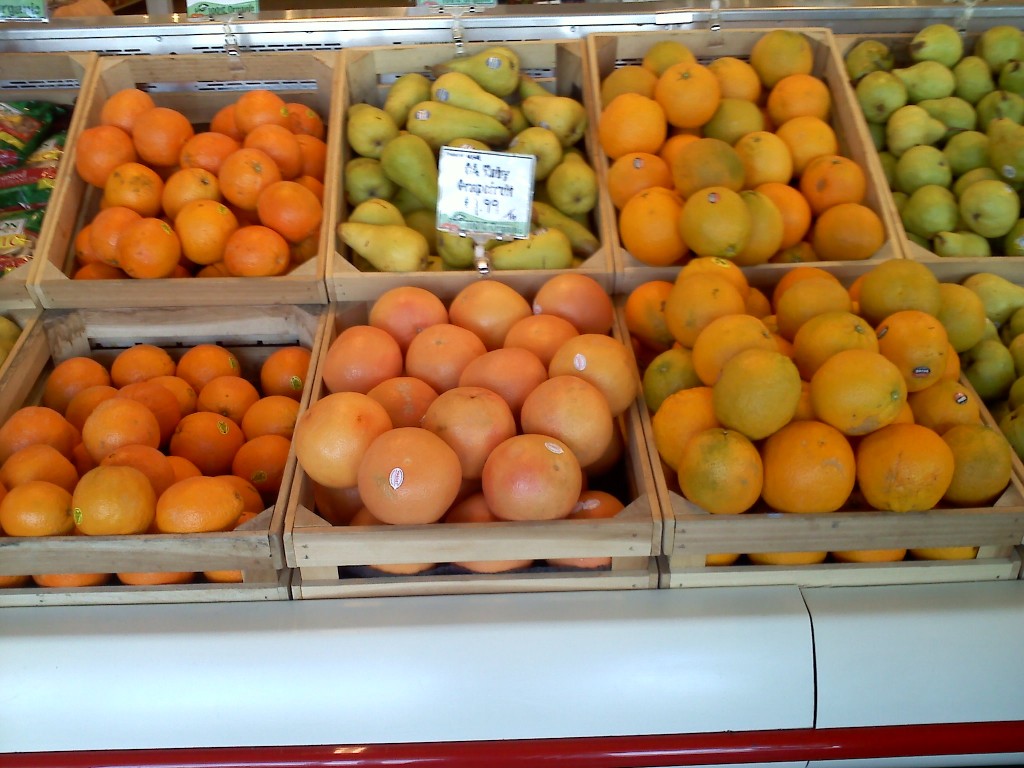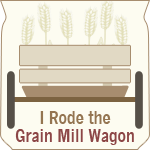You can probably guess the grain I’m referring to, because I’ve kind of been obsessed with it lately. I know, I know, I’ve talked about it ad nauseum, but I can’t help it. It’s just that good.
And yes, I’m once again speaking of spelt. Tropical Traditions (The Best Place to Get Virgin Coconut Oil) sent me a bag of whole spelt to try out, and I had so much fun experimenting with it, I am now addicted. Unfortunately, now I have to support my addiction myself, but oh well. At least it’s a healthy one, right?!
I already wrote a detailed post about the benefits of spelt and why I love it so much, so I won’t go into great detail here. I’ll just sum up the reasons I highly recommend spelt to everyone:
- It has more protein and fiber than wheat.
- The protein in spelt is often tolerated by those allergic to wheat.
- The nutrients in spelt are more readily absorbed and used by the body than wheat.
One big reason why I am planning on using a lot more spelt for my baking is because of My Certain Little Someone’s food allergies. But even if he weren’t allergic to wheat, I would still strongly consider at least substituting part of the flour in a given recipe for spelt simply for the nutritional benefits.
In particular, just like with whole wheat, I highly recommend you use freshly ground whole spelt if at all possible. Tropical Traditions sells the whole grain, which can easily be ground in a Vitamix or a grain mill. The oils in grains go rancid very quickly as soon as they are ground, so any kind of flour you buy at the grocery store is rancid already. It’s best to start with fresh if it’s at all possible for you.
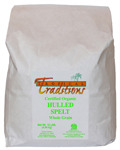
Tropical Traditions is most famous for their coconut oil. Find more information about their coconut oil, and why you should use it, here.
Tropical Traditions generously gave me a sample of whole spelt to try, but I was in no way compensated for this post, and all opinions are my own. This post does contain affiliate links.
Sharing at Fight Back Friday, Freaky Friday, Friday’s Favorites, The Better Mom Mondays,

